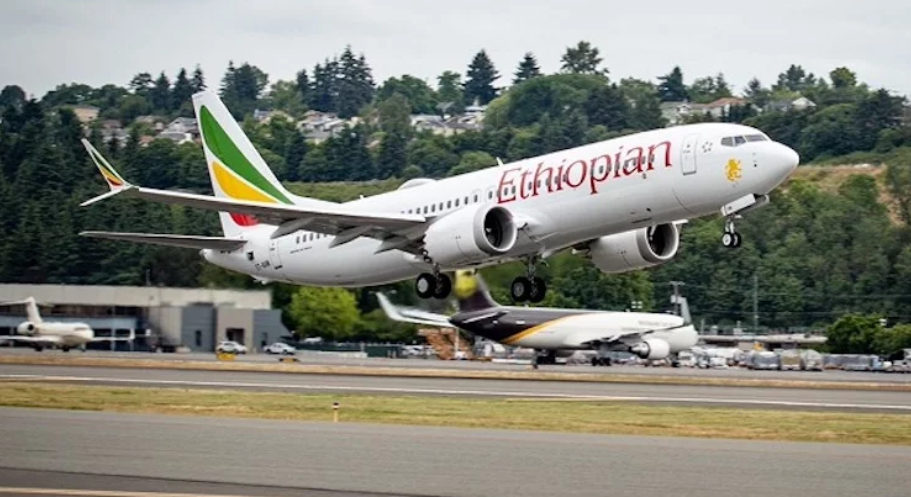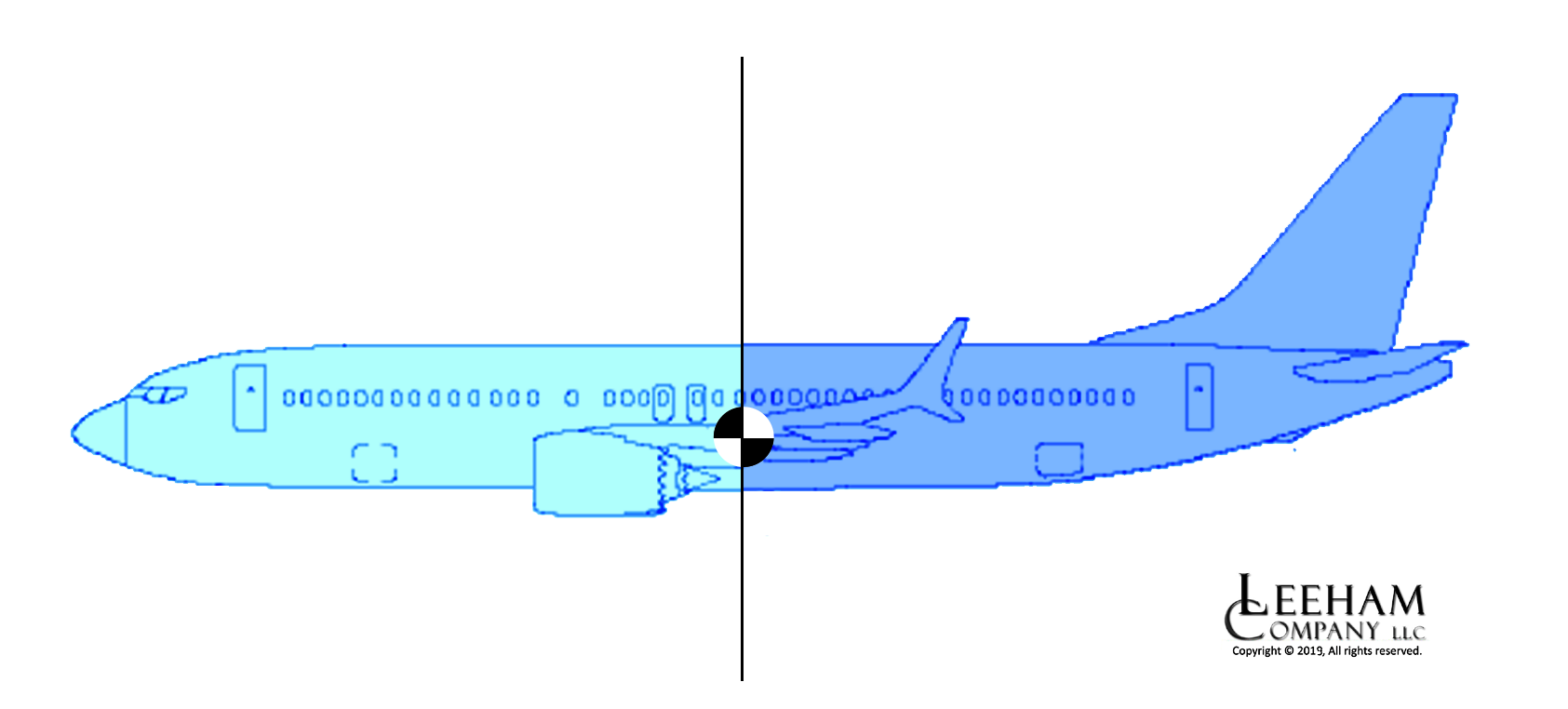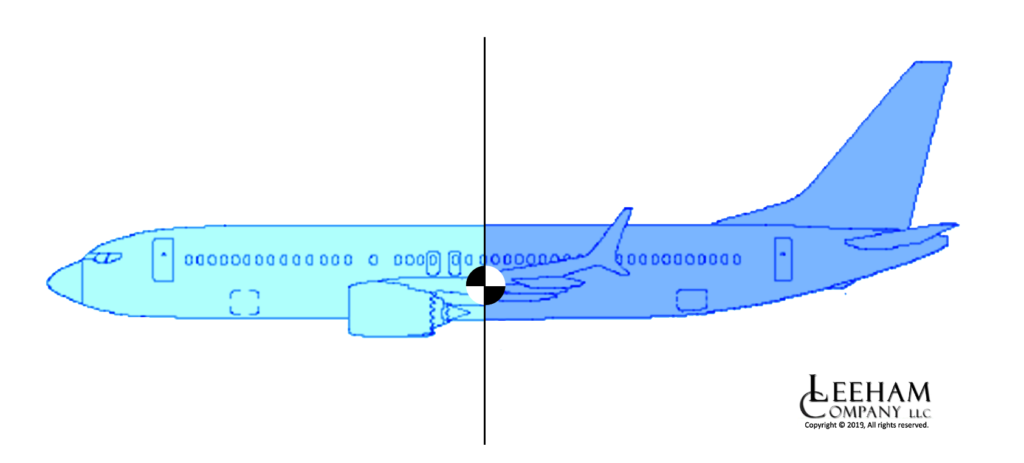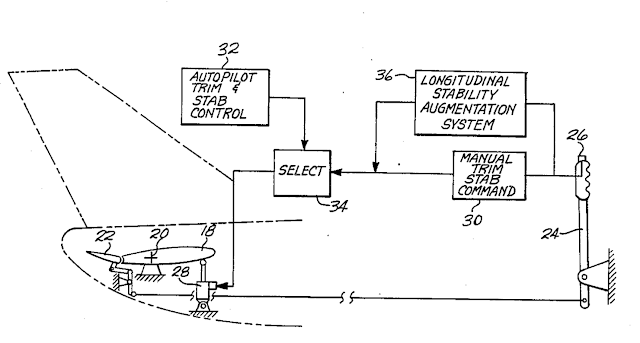Leeham News and Analysis
There's more to real news than a news release.
Bjorn’s Corner: The Ethiopian Airline’s Flight 302 crash
March 15, 2019, ©. Leeham News: With the crash in the weekend of Ethiopian Airlines Flight 302 we take a break from the Yaw and Roll stability discussions to look at what happened Sunday.
The 737 MAX 8 with 157 persons onboard crashed six minutes after takeoff. Here is what we know.
Bjorn’s Corner: Yaw stability, Part 3.
March 08, 2019, ©. Leeham News: Yaw stability, which we discussed last week, has in itself no tricky dynamic problems. It’s a matter of making the vertical stabilizer large enough to have enough weathercock moment on the aircraft.
The tricky stuff comes through the interaction of yaw stability and roll stability.
Bjorn’s Corner: Yaw stability, Part 2
March 01, 2019, ©. Leeham News: We now continue our discussion of the yaw stability of an airliner.
Last week we defined the basic conditions of yaw stability. The aerodynamic side force from an angled airflow stemming from an aircraft yaw angle or sideslip must be higher behind the center of gravity than ahead of the center of gravity.
This is why aircraft have a large vertical wing at the rear of the aircraft called the vertical tailplane. Figure 1.
Bjorn’s Corner: Airliner yaw stability
Feb. 22, 2019, ©. Leeham News: After discussing an airliner’s pitch stability we now turn to the yaw stability. A stable aircraft in yaw means we don’t want the aircraft to wag its tail sideways while flying.
The airliner shall fly straight ahead during take-off, climb, cruise, descent and landing, even when we have problems with an engine and must throttle it back or shut it down on one side.
Bjorn’s Corner: Pitch stability, Part 10. Wrap up.
Feb. 15, 2019, ©. Leeham News: We now summarize the problems around an airliner’s pitch stability and why a good pitch stability is so important before we go to the next subject, yaw stability.
The pitch stability and how it works in different parts of the flight envelope is the trickiest of the aircraft’s stability problems around its three axes; Pitch, Yaw and Roll. Here is why.
Bjorn’s Corner: Pitch stability, Part 9
Feb. 08, 2019, ©. Leeham News: In our run through of the pitch stability problems of an airliner we covered high and low-speed problems in the last Corners and before it deep stall.
Now we go back to the region just before and during a stall, to look at more measures to help the pilot besides stall warning and stick pushers.
Bjorn’s Corner: Pitch stability, Part 8
Feb. 01, 2019, ©. Leeham News: In last week’s Corner, we covered the high-speed pitch stability problem most airliners have, Mach tuck.
Now, we continue with low-speed problems which made Boeing introduce Speed trim on the 737.
Bjorn’s Corner: Pitch stability, Part 7
Jan. 25, 2019, ©. Leeham News: We have covered the pitch stability for an airliner including some well know problems around deep stall.
We now continue with other frequent problems as the aircraft covers a large envelope in speed and altitude.
 Figure 1. The pitch moment coefficient curve of an early DC-9 candidate. Read more
Figure 1. The pitch moment coefficient curve of an early DC-9 candidate. Read more
Bjorn’s Corner: Pitch stability, Part 6
Jan. 18, 2019, ©. Leeham News: We have now covered the basics of pitch stability for an airliner and how a stable or unstable pitch moment curve looks. Now we look at different trouble areas.
Straight and stable pitch moment curves are difficult to achieve at all flight situations. We will discuss some well-known problems, how these were detected and what the solutions were.
Bjorn’s Corner: Pitch stability, Part 5
Jan. 11, 2019, ©. Leeham News: The week before Christmas we discussed the pitch stability of an airliner. We covered how a horizontal stabilizer made the aircraft stable in pitch, and why transonic airliners used a trimmable horizontal stabilizer rather than trimming with the elevator.
Now we look at some different flight situations with different trim needs before we move into the more troublesome parts of a pitch moment curve.







